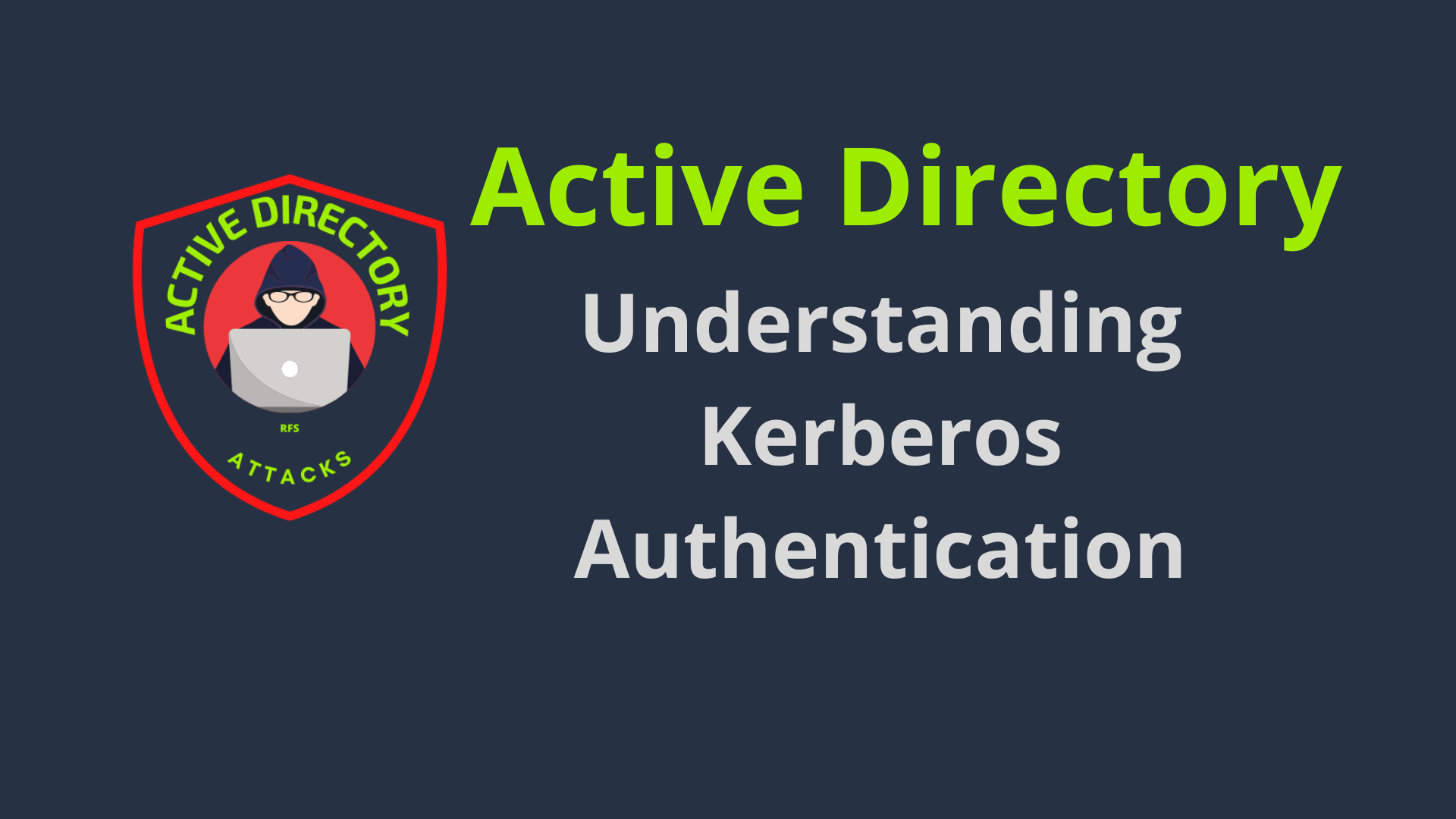Master Kerberos Authentication with This Free Guide
 RFS
RFS
Explore the inner workings of Kerberos authentication, a robust network protocol widely used for secure authentication in computer networks. Gain insights into its key components, authentication process, and security features.
In the realm of network security, robust authentication protocols play a pivotal role in ensuring secure communication between entities.
Among these protocols, Kerberos authentication stands out as a widely adopted mechanism for secure authentication in computer networks.
In this article, we delve into the intricate details of Kerberos authentication, shedding light on its key components, the authentication process, and its impressive security features.
What is Kerberos Authentication?
Kerberos authentication is a network authentication protocol developed by the Massachusetts Institute of Technology (MIT) to securely verify the identities of users and services within a computer network.
It aims to provide mutual authentication, ensuring both the client and the server authenticate each other’s identities.
This protocol operates on the basis of tickets, which are used to prove the identity of the client and grant access to requested network resources.
Key Components of Kerberos Authentication:
Authentication Server (AS): The AS is responsible for authenticating the client’s identity and issuing a Ticket-Granting Ticket (TGT) upon successful verification.
Ticket-Granting Ticket (TGT): The TGT is a cryptographic ticket issued by the AS. It contains the client’s identity, a session key, and an expiration time. The TGT is used to request Service Tickets.
Key Distribution Center (KDC): The KDC acts as the trusted third-party entity, consisting of the Authentication Server (AS) and the Ticket Granting Server (TGS). It provides authentication and key distribution services.
Ticket Granting Server (TGS): The TGS verifies the TGT and issues a Service Ticket upon successful validation. The Service Ticket grants access to a specific network service.
Kerberos Authentication Process:
Authentication Request: The client sends an authentication request to the AS, providing its identity.
Ticket-Granting Ticket (TGT) Issuance: Upon successful authentication, the AS issues a TGT encrypted with the client’s password or other credentials.
TGT Presentation: The client presents the TGT to the TGS, requesting a Service Ticket for a specific network service.
Service Ticket Issuance: The TGS verifies the TGT and issues a Service Ticket encrypted with the session key shared between the TGS and the requested service.
Service Access: The client presents the Service Ticket to the requested service, demonstrating its authenticity. The service decrypts the ticket using its shared session key, granting access to the client.
Security Features of Kerberos Authentication:
Mutual Authentication: Kerberos ensures mutual authentication, verifying the identities of both the client and the server. This prevents impersonation attacks and unauthorized access.
Ticket-Based Authorization: The use of tickets in Kerberos provides a secure mechanism for authorizing access to network resources. Tickets are encrypted and can only be decrypted by authorized entities.
Session Key Encryption: Kerberos employs strong encryption algorithms to secure the communication between the client and the server. It generates unique session keys for each authentication session, minimizing the risk of eavesdropping and data tampering.
Forward Secrecy: Kerberos authentication offers forward secrecy, as session keys are used only for a single session and discarded afterward. Even if a session key is compromised, it does not jeopardize future sessions.
How does ad Kerberos authentication work?
Kerberos authentication is a network authentication protocol that allows clients and servers to securely authenticate each other over a non-secure network.
It operates based on the concept of tickets and uses symmetric key cryptography to verify the identities of the participants.
A client requests a ticket from the Key Distribution Center (KDC) using its credentials.
The KDC verifies the client’s identity, generates a session key, and issues a ticket-granting ticket (TGT).
The client then presents the TGT to the Ticket Granting Server (TGS) to request a service ticket for a specific server.
The TGS verifies the TGT, generates a session key for the client and server, and issues the service ticket.
The client presents the service ticket to the server, which in turn verifies the ticket and grants access to the requested service.
Conclusion
Kerberos authentication serves as a robust network protocol that ensures secure authentication in computer networks.
By leveraging a combination of key components, including the Authentication Server, Ticket-Granting Ticket, Key Distribution Center, and Ticket Granting Server, it establishes a secure environment for mutual authentication.
Its security features, such as ticket-based authorization and session key encryption, contribute to its effectiveness in preventing unauthorized access and safeguarding sensitive data.
Is Kerberos same as Windows authentication?
No, Kerberos is not the same as Windows authentication.
Is Kerberos used for SSO?
Yes, Kerberos is commonly used for Single Sign-On (SSO).
What is the difference between LDAP and Kerberos authentication?
LDAP is a protocol used for accessing and maintaining distributed directory information.
It is primarily used for user authentication and authorization. Kerberos is a network authentication protocol that provides secure authentication over a non-secure network.
It uses a trusted third-party server called the Key Distribution Center (KDC) to authenticate users and services.
Subscribe to my newsletter
Read articles from RFS directly inside your inbox. Subscribe to the newsletter, and don't miss out.
Written by

RFS
RFS
Connected since 1996!